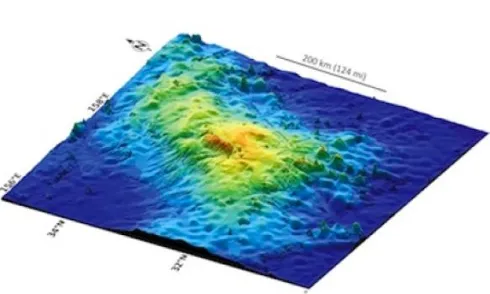Until now, scientists were unsure whether Tamu Massif was a single volcano or just an amalgamation of several individual eruption points. However, two separate strands of evidence – core samples collected on an Integrated Ocean Drilling Program (IODP) expedition and seismic data from cruises – confirmed a deep lava flow connecting to a lava basin, defining Tamu Massif as a single volcano.
"Tamu Massif is the biggest single shield volcano ever discovered on Earth," said Dr William Sager at the University of Houston . "There may be larger volcanoes, because there are bigger igneous features out there such as the Ontong Java Plateau, but we don't know if these features are one volcano or complexes of volcanoes."

Further research into this volcano may help geologists to understand more about the processes in the Earth’s interior and how larger volcanoes are formed. But for those of you who are thinking we’re doomed for a repeat of Pompeii, don’t fear: Tamu Massif is 6,500 feet underwater and has been inactive for millions of years.
Follow Science Focus onTwitter,Facebook, Instagramand Flipboard
